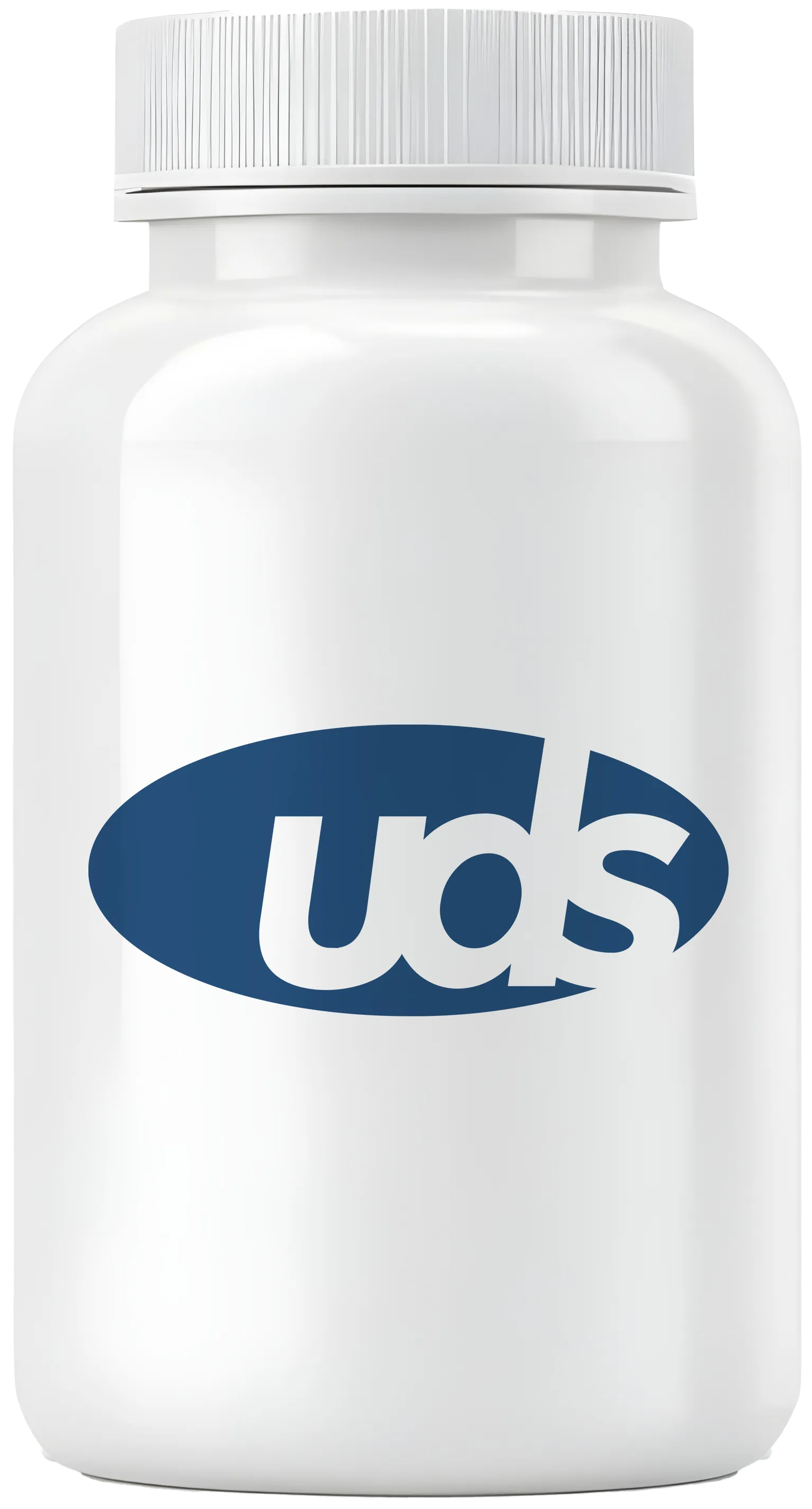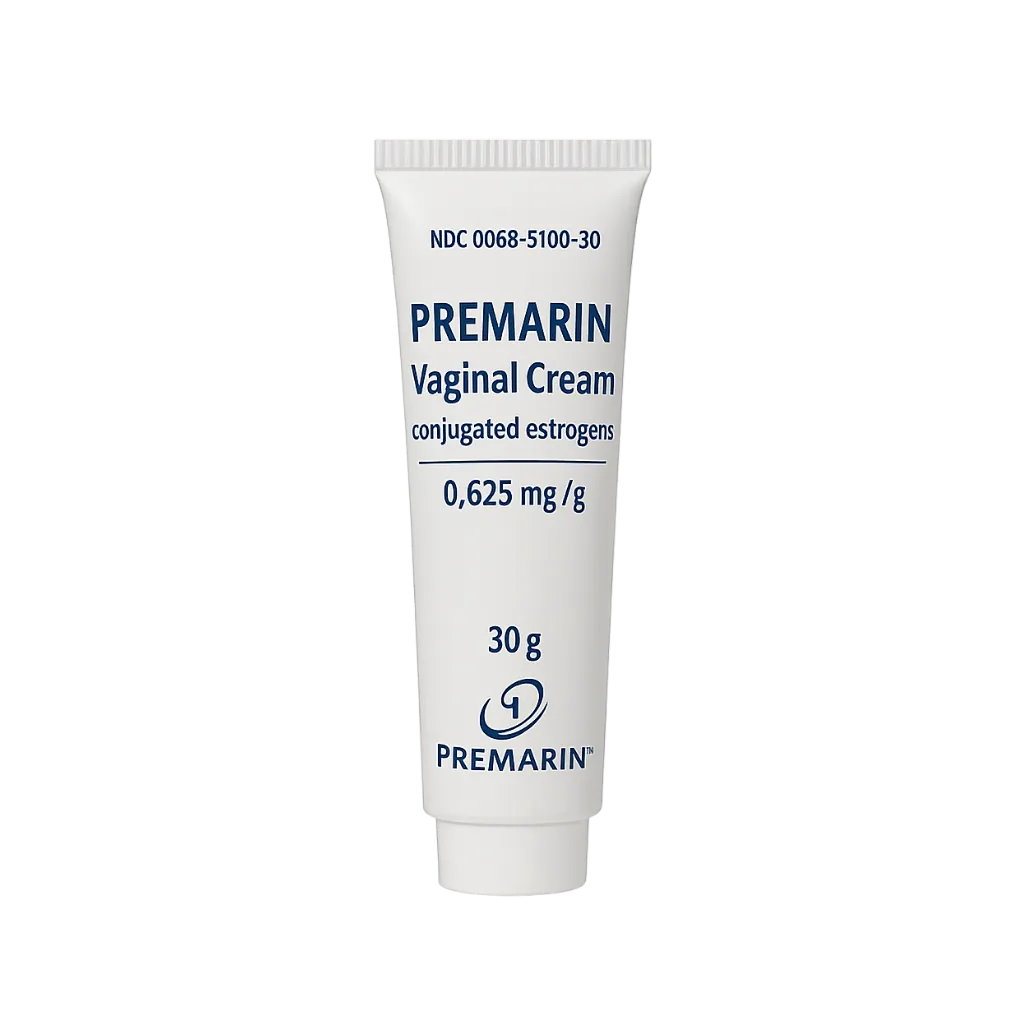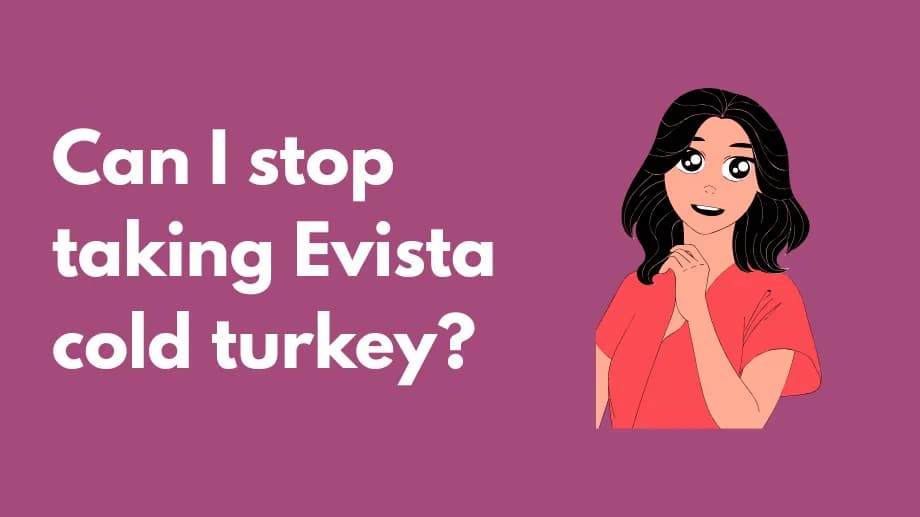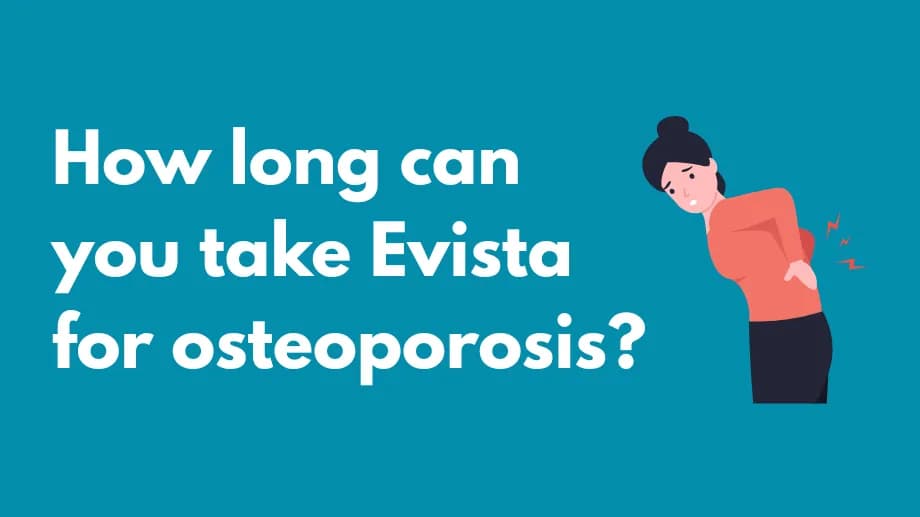How long can you take Evista for osteoporosis?
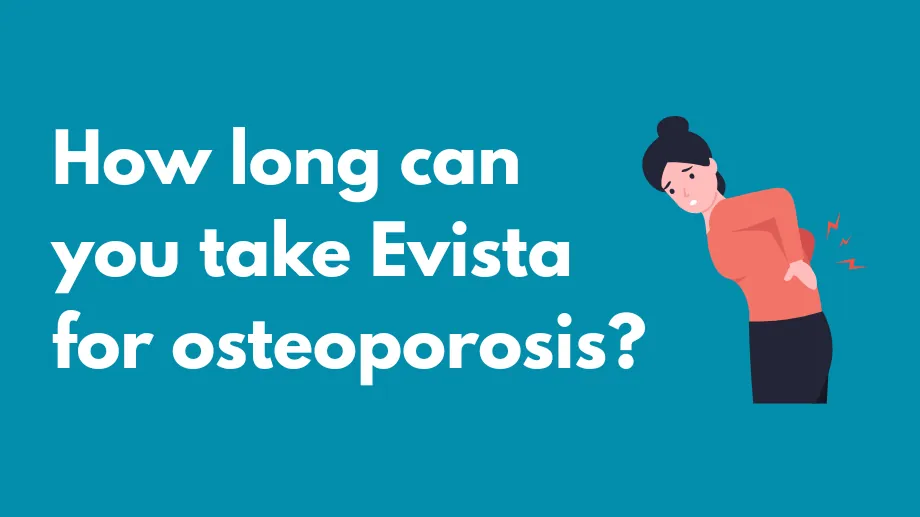
Evista (raloxifene) is a medication used in the treatment and prevention of osteoporosis in postmenopausal women. Unlike some medications, there is no fixed maximum duration for taking Evista. It is often prescribed for long-term use over several years.
Ongoing Management and Assessment
Regular assessments by your healthcare provider are crucial to determine the continued appropriateness of Evista. These evaluations typically include bone density scans to monitor the effectiveness of the medication in improving bone strength and reducing fracture risk.
Evista FAQs
What is Evista used for?
Evista is utilized for:
- Preventing and treating osteoporosis in postmenopausal women.
- Reducing the risk of invasive breast cancer in women who are either at high risk or have osteoporosis.
How does Evista work?
Evista acts as a selective estrogen receptor modulator (SERM). It mimics the effects of estrogen in the bones without the hormone’s impact on the breast and uterus.
Side Effects of Evista
Common side effects include joint pain, flu-like symptoms, hot flashes, bronchitis, and swelling in limbs. More serious, but rare side effects include an increased risk of blood clots and stroke.
Is there a Boxed Warning for Evista?
Yes, Evista includes a boxed warning regarding the risk of blood clots and stroke, particularly in women with a history of these conditions.
Shop Medications
Interaction with Other Medications
Evista can interact with drugs like warfarin and estrogens, potentially altering their effects.
Can Evista build new bone?
While Evista helps in maintaining bone density and reducing the risk of fractures, it is less effective than estrogen in promoting new bone growth.
Maximum Dosage and Administration
The recommended daily dose of Evista is 60 mg. It can be taken with or without food.
Alternative Treatments
If Evista is not suitable, other medications like bisphosphonates or denosumab might be options, depending on individual health profiles.
Related Medications
Sources
For further information, consult resources such as the FDA’s prescribing information, Medscape, and the Prescriber’s Digital Reference.
